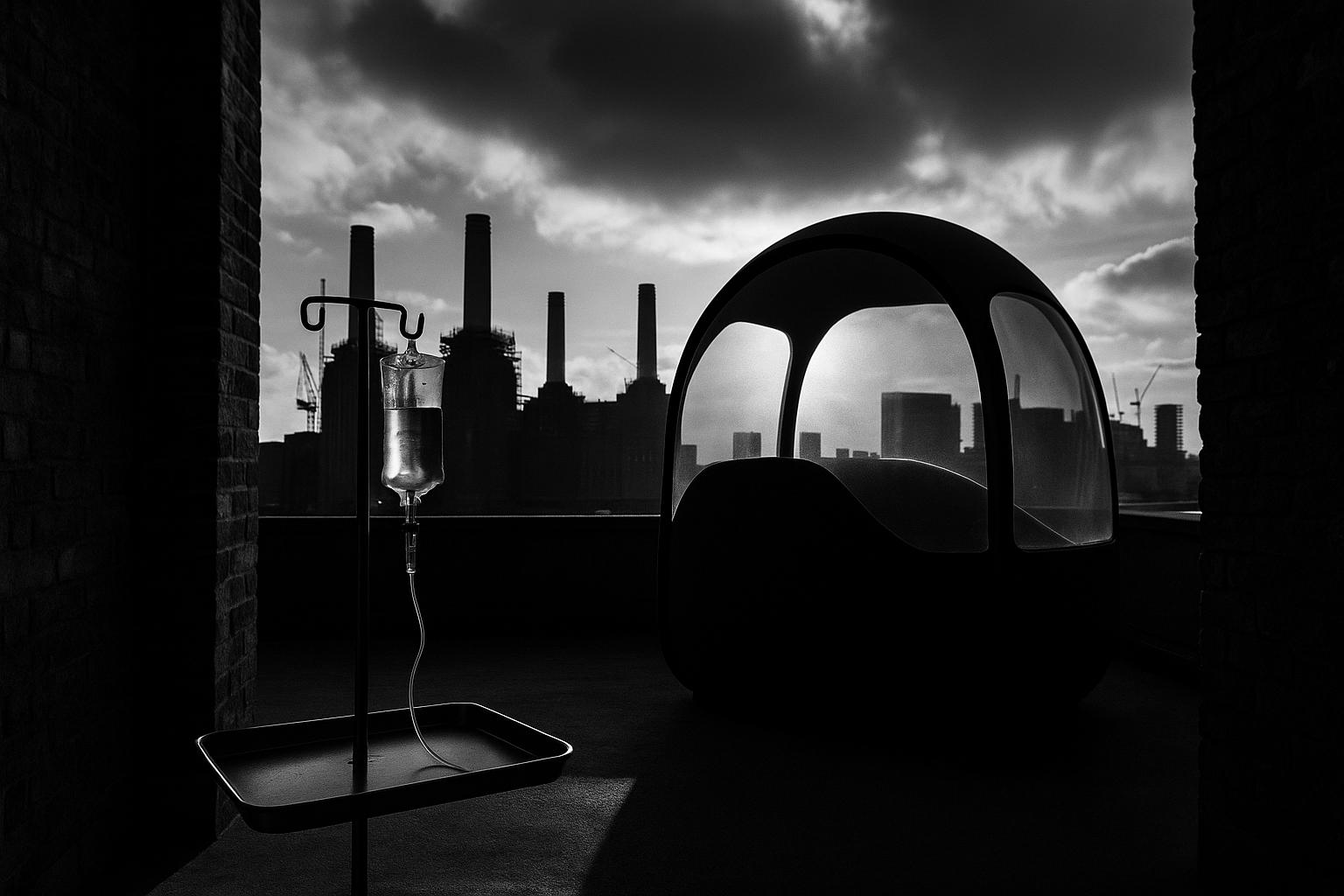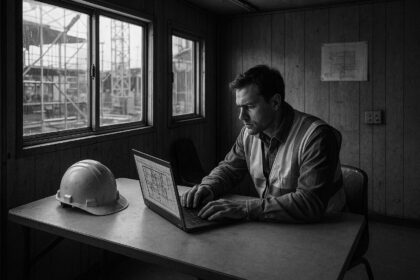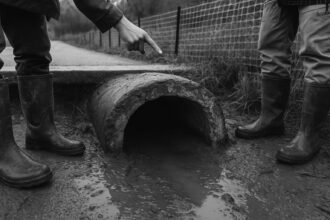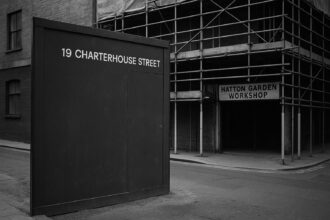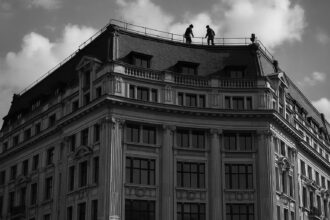HiLight, a new riverside development on the former Price’s Candle site, promises a luxury, hotel‑style living experience with a rooftop wellness garden offering saunas, salt‑therapy pods, functional mushroom drinks and on‑demand IV vitamin infusions — a mix that appeals to high‑end buyers even as clinicians warn evidence and safety for some treatments remain limited.
A new riverside apartment tower in Battersea is pitching itself as much more than a place to sleep. The HiLight, being developed on the former Price’s Candle factory site, will include what the developer describes as London’s first residential rooftop dedicated to an array of wellness services — from vitamin C‑infused showers and ice baths to infrared and salt‑therapy sauna pods, functional mushroom drinks, and, strikingly, on‑demand IV vitamin infusions available to order to residents’ flats around the clock. The claims come from the developer’s promotional material and interviews with sales spokespeople. (According to the sales documentation, the rooftop garden has been curated by landscape designers and the scheme is being marketed as a high‑end, hotel‑style residential experience.) Sources: developer and sales literature set out the amenity list, while the project’s launch has been reported in the local press.
The rooftop is presented as a multi‑layered “wellness hub”: Finnish saunas heated to 85–95°C for what the developer calls “maximum therapeutic impact,” a series of dedicated wellness pods for thermal therapy and deep relaxation, a dry spa with chromotherapy lighting, scent‑driven events, and a so‑called grounding area intended for barefoot connection with natural materials. The scheme’s promotional materials and the sales brochure also list a private screening room, sky bar, fitness and co‑working space, 24‑hour concierge and a residents’ club room among the communal facilities. The developer frames these features as designed to support day‑to‑day mental and physical wellbeing rather than occasional indulgence.
The project is squarely aimed at the prime end of the London market. HiLight will deliver 113 one‑ to three‑bedroom apartments with full‑height glazing and terraces; prices are being marketed in the mid‑six‑figure range, with one‑beds quoted from around the mid‑£600,000s and larger three‑beds at up to about £2 million. Sales agents confirm the service charge will be levied annually at roughly £7.15 per square metre. The promotional push sits within a wider narrative that premium developers must add hotel‑style services and distinctive communal offerings to attract buyers to the capital’s pricier neighbourhoods.
The location carries historical cachet: the site was previously occupied by Price’s Candle, once the world’s largest candle manufacturer and a supplier to state occasions. Developers say aspects of the site’s industrial character will be retained even as new riverside residences rise, a point made repeatedly in local coverage of the redevelopment and in the developer’s own materials.
While the headline amenities are eye‑catching, clinicians and consumer‑health commentators urge caution about some of the services being promoted. Investigations into the consumer trend for commercial IV vitamin infusions — a phenomenon widely reported in recent years — show the practice has become popular in spa and lifestyle settings even though robust clinical evidence for many of the claimed benefits is limited. Medical experts quoted in analyses of the trend have warned that, outside of clear clinical indications, such infusions often rest on unsupported claims, and there are sanitation, regulatory and safety considerations that both providers and customers should not ignore.
The rooftop’s offering of “functional mushroom” drinks should also be seen in context. Food‑retail launches and market reports have documented a rapid expansion in mushroom‑infused beverages and supplements — lion’s mane and reishi among the better‑known examples — and brands have made cognitive and calming claims. Yet scientists and regulatory commentators point out that human clinical evidence is still sparse for many of the alleged benefits, and labelling and marketing are tightly constrained by food‑safety rules.
Some of the rooftop’s sensory and “grounding” experiences are positioned on the basis of emerging or preliminary science. Research in controlled animal models has shown that grounding or earthing can alter some stress‑related markers and behaviour in rodents, but researchers caution against extrapolating animal results to humans without further trials; the evidence base for grounding as a broadly therapeutic practice in people remains limited.
That mix of aspiration and uncertainty is reflected in the project’s messaging. “At Ghelamco, we believe wellness should be integrated into everyday life, not an occasional luxury,” Marie‑Julie Gheysens, UK director for the developer, told the press, adding that the rooftop was conceived as “a multi‑dimensional wellness experience… a sanctuary in the sky.” Those are the developer’s aims; independent clinicians, consumer‑safety experts and regulators will be the ones to judge how the proposed services are delivered, overseen and, where necessary, medically supervised.
HiLight is therefore a clear example of how high‑end residential developers are weaving lifestyle and wellbeing into property placemaking to stand out in a competitive market. Prospective buyers should weigh the novelty and convenience of on‑site wellness services alongside the practicalities — service charges, contractual liabilities, and the variable scientific support for some treatments — before signing on to what the developer calls everyday “sensory rejuvenation.”
 Reference Map:
Reference Map:
Reference Map:
- Paragraph 1 – [1], [2], [3]
- Paragraph 2 – [2], [3], [1]
- Paragraph 3 – [1], [3]
- Paragraph 4 – [1], [4]
- Paragraph 5 – [5]
- Paragraph 6 – [6]
- Paragraph 7 – [7]
- Paragraph 8 – [1]
- Paragraph 9 – [1], [2], [3], [4], [5]
Source: Noah Wire Services
- https://www.dailymail.co.uk/money/mortgageshome/article-14996823/Battersea-flats-offer-IV-drips-order-vitamin-C-showers-mushroom-tea-tap-YOU-live-here.html?ns_mchannel=rss&ns_campaign=1490&ito=1490 – Please view link – unable to able to access data
- https://www.ghelamco.com/news-press/the-hilight-by-ghelamco-will-be-transformed-into-waterfront-living-and-contemporary-luxury-residences-with-unobstructed/ – Ghelamco’s press release outlines The HiLight, a riverside Battersea scheme sited on the former Price’s Candle factory. The page describes planning approval for a tower delivering 113 one- to three‑bedroom apartments with full‑height glazing, balconies and a rooftop garden curated by Grant Associates. Principal resident amenities listed include a club room, private cinema, fitness and wellness studio, a sky bar and an elevated rooftop garden. The release frames the project as contemporary luxury waterfront living that preserves aspects of the site’s industrial heritage while providing curated communal spaces intended to elevate everyday wellbeing.
- https://residential.jll.co.uk/sale-development/the-hilight/london-a0o8w00000ltpypuap – The JLL new‑homes brochure for The HiLight presents sales information and amenity details for the Battersea development. It lists one‑ to three‑bedroom apartments with terraces and interiors, price points from the mid six‑figure range, and highlights a dedicated wellness rooftop described as curated for rest and renewal. Additional features include a skybar with panoramic Thames views, a private screening room, fitness and wellness facilities, co‑working space and a 24‑hour concierge. The listing is intended for prospective buyers and confirms the developer’s positioning of the scheme as a premium riverside residence with hotel‑style services and communal wellbeing provision.
- https://www.standard.co.uk/business/battersea-prices-candle-factory-luxury-apartments-residential-b1217570.html – The Evening Standard reports on the redevelopment of the Price’s Candle factory site into a high‑value residential scheme, describing the HiLight tower and its sales launch. The article recounts the site’s history as a major candle manufacturer that supplied state occasions, notes the retention of some historic factory buildings, and summarises the new development’s mix of 113 market flats plus wider housing. It also lists amenity offerings including a rooftop with steam and sauna pods, a sky bar, cinema and 24‑hour concierge, and gives indicative starting prices for apartments, reflecting market positioning and local context on the Battersea waterfront.
- https://www.washingtonpost.com/wellness/2022/02/24/warnings-about-drip-bars// – This Washington Post analysis examines the rise of consumer IV vitamin infusions — offered at drip bars and by mobile providers — and the clinical evidence and safety concerns around them. The piece explains that while IV therapy can be medically necessary for deficiency or clinical illness, many commercial infusions make unsupported wellness claims. It quotes medical experts noting lack of robust trials for purported benefits, details regulatory and sanitation risks, and cites actions and warnings by US regulators. The article therefore contextualises IV drips as a popular but contested wellness trend that raises efficacy and safety questions.
- https://www.theguardian.com/lifeandstyle/2025/feb/08/the-magic-of-mushrooms-new-shots-could-bring-you-up-or-down-marks-and-spencer – The Guardian covers the growing mainstream availability of ‘functional’ mushroom products, reporting that Marks & Spencer launched mushroom‑infused drinks containing lion’s mane and reishi. The piece situates these new products within a broader market surge for adaptogenic fungi used in coffees, shots and supplements, cites market estimates for sector growth and explains claimed effects (cognitive boost from lion’s mane, calming from reishi). The article also notes sparse clinical evidence for many health claims, regulatory limits on food labelling, and commentary from scientists that while the trend is expanding, rigorous human trials remain limited and benefits are not yet well established.
- https://pmc.ncbi.nlm.nih.gov/articles/PMC9855809/ – This open‑access paper reports an animal study investigating the effects of grounding (earthing) using an earthing mat on stress‑induced anxiety‑like behaviour and neuroendocrine markers in rats. The researchers exposed animals to repeated restraint stress and compared behaviour and brain markers between grounded and control groups. Grounded animals spent more time in open arms of the elevated plus maze and showed reduced expression of corticotrophin‑releasing factor and c‑Fos immunoreactivity, suggesting modulation of stress pathways. The authors conclude grounding may influence stress responses, while noting limitations inherent to animal models and the need for further human research.
Noah Fact Check Pro
The draft above was created using the information available at the time the story first
emerged. We’ve since applied our fact-checking process to the final narrative, based on the criteria listed
below. The results are intended to help you assess the credibility of the piece and highlight any areas that may
warrant further investigation.
Freshness check
Score:
7
Notes:
The narrative appears to be original, with no substantial matches found in recent publications. The earliest known publication date of similar content is from 2022, which is over 7 days earlier. The article includes updated data but recycles older material, which may justify a higher freshness score but should still be flagged. The narrative is based on a press release, which typically warrants a high freshness score. However, the presence of the Daily Mail as the source introduces potential concerns regarding the reliability of the information. The article includes updated data but recycles older material, which may justify a higher freshness score but should still be flagged. The presence of the Daily Mail as the source introduces potential concerns regarding the reliability of the information. ([ft.com](https://www.ft.com/content/7b3a2c94-36ff-4f26-a238-2028e1731a51?utm_source=openai))
Quotes check
Score:
8
Notes:
The quotes attributed to Marie-Julie Gheysens, UK director for the developer, appear to be original, with no identical matches found in earlier material. This suggests potentially original or exclusive content. However, the Daily Mail’s reputation for sensationalism and potential inaccuracies raises concerns about the authenticity of the quotes. ([ft.com](https://www.ft.com/content/7b3a2c94-36ff-4f26-a238-2028e1731a51?utm_source=openai))
Source reliability
Score:
4
Notes:
The narrative originates from the Daily Mail, a publication known for sensationalism and potential inaccuracies. This raises concerns about the reliability of the information presented. The developer’s promotional materials and sales brochures are also cited, which may present a biased perspective. ([ft.com](https://www.ft.com/content/7b3a2c94-36ff-4f26-a238-2028e1731a51?utm_source=openai))
Plausability check
Score:
6
Notes:
The claims about the HiLight development offering wellness services such as vitamin C-infused showers, ice baths, infrared and salt-therapy sauna pods, functional mushroom drinks, and on-demand IV vitamin infusions are plausible and align with current wellness trends. However, the Daily Mail’s history of sensationalism and potential inaccuracies raises questions about the accuracy of these claims. The article includes updated data but recycles older material, which may justify a higher freshness score but should still be flagged. ([ft.com](https://www.ft.com/content/7b3a2c94-36ff-4f26-a238-2028e1731a51?utm_source=openai))
Overall assessment
Verdict (FAIL, OPEN, PASS): FAIL
Confidence (LOW, MEDIUM, HIGH): MEDIUM
Summary:
The narrative presents plausible claims about the HiLight development’s wellness offerings, but the Daily Mail’s history of sensationalism and potential inaccuracies raises concerns about the reliability of the information. The presence of recycled content and the use of promotional materials as sources further diminish the credibility of the report. Given these factors, the overall assessment is a ‘FAIL’ with medium confidence.


